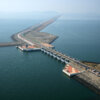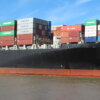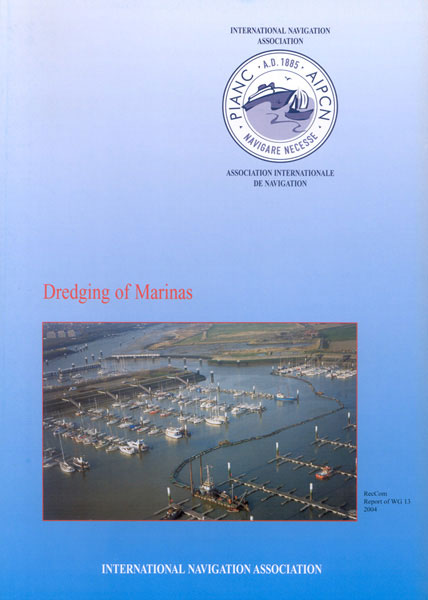The goals of dredging are to support navigation, maritime construction, land reclamation, beach nourishment, flood control, offshore energy, the environment and mining.
Dredging is carried out for the following reasons:
Navigation dredging
Navigation dredging: to create or extend harbours, basins, canals, marinas and other facilities. This may be new work – known as capital dredging – or maintenance dredging when it is regularly done to maintain existing waterways.
Construction and reclamation
Construction and reclamation: to provide construction materials like sand, gravel, shell and clay. These materials are used as fill to construct new land areas, such as artificial islands for industrial and residential zones and airports, causeways and highways, as well as for dams, dikes and wildlife habitats.
Beach nourishment
Beach nourishment: to provide fill material to restore beaches that have suffered from erosion. This restoration serves a dual purpose – to improve areas for recreation for residents and tourists, but also to build dunes that protect the hinterland from high tides and floods.
Flood control
Flood control: to improve or maintain the discharge and flow of rivers, channels and other waterways by maintaining, increasing or realigning watercourses or by constructing control structures such as dams, dikes or levees.
Offshore energy
Offshore energy: to level the seabed for underwater foundations upon which oil and gas platforms and monopiles for windmills at sea are placed, as well as laying pipelines, cables and tunnels and backfilling them with rock for stability.
Environmental remediation
Environmental remediation: to remove or remediate underwater pollutants to improve water quality. Remediation dredging can clean-up contaminated waterways as well as settlement or sludge ponds, or mine tailing ponds and rehabilitate contaminated industrial areas, known as ‘brownfields’, which can then be redeveloped.
Mining
Mining: to recover minerals, gems, precious metals and fertilisers, or to remove the overlying material to reach such deposits.
General
General: to maintain irrigation canals and reservoirs and other water infrastructure that are crucial to conserve scarce fresh water supplies.
Given the broad range of types of dredging, no one solution fits all challenges. To ensure the most cost-effective and environmentally sound operations, close cooperation is necessary from the start amongst project owners, contractors and consultants, and stakeholders.
related
Articles
How can the dredging sector join the global shift towards sustainability?

A paradigm shift is being increasingly embraced within the dredging industry. The traditional engineering approach is becoming a holistic approach in which the ecosystem is leading and values for people, profit and planet are integrated in an interdisciplinary manner.
Publications
Paper: Reclamation Pays – Assessing the Socio-Economic effects of Reclamation projects

This paper was written by Marco Gatto, 2 November 2014. The aim of this article is to contribute to a better understanding of the different types of socio-economic effects produced by reclamation projects, and hence to a more appropriate assessment of the overall value of reclamation based investments. Port cities have long been struggling to accommodate urban growth, given the difficulties of finding space within ge
Dredging for Development

A clear non-technical introduction to the complex field of dredging, published in co-operation with the International Association of Ports & Harbors.
Videos
Presentation: ‘Hondsbossche and Pettemer Sea Defence an example of sustainable asset valuation’ by Sven Kramer (Van Oord) − Director Sustainability

This presentation shows the practical implications of taking all externalities into consideration as early as possible in a project procedure. It is complex but asset valuation is gradually becoming more and more feasible for large infrastructure projects. The independent International Institute of Sustainable Development carried out a study on the benefits of “Nature Based” coastal Protection compared to traditional “Grey” solutions. Their report is expected to be published mid-November 2021.













